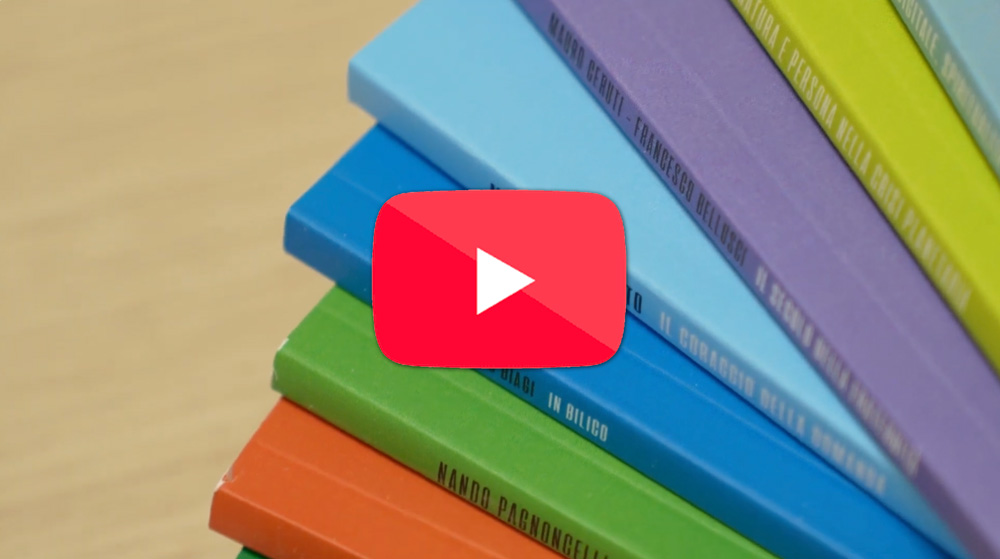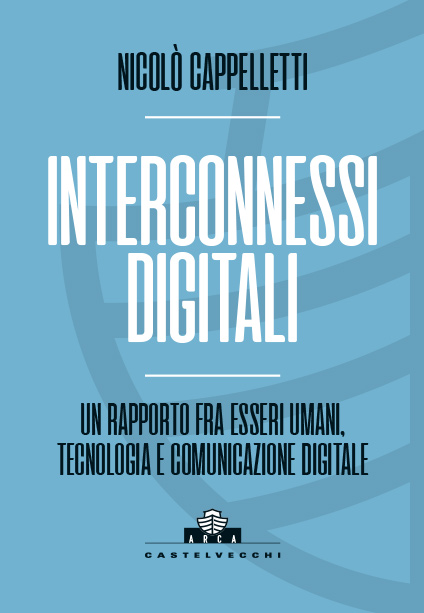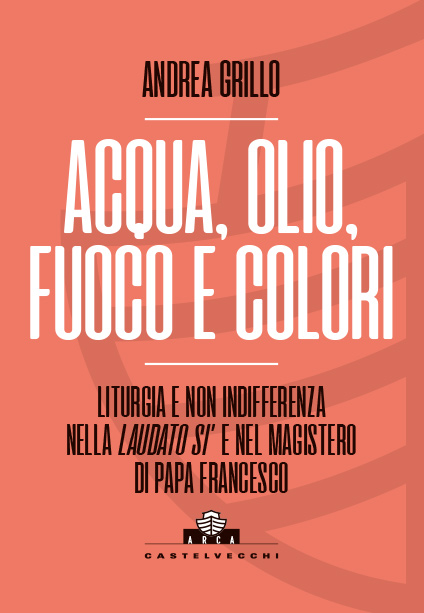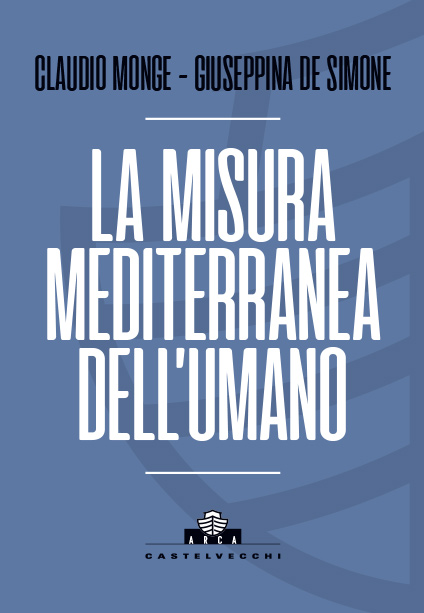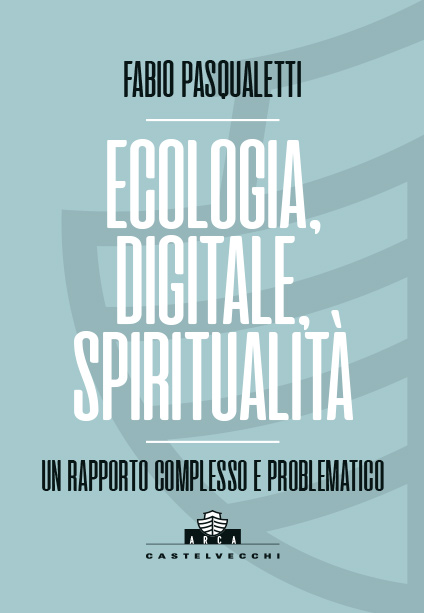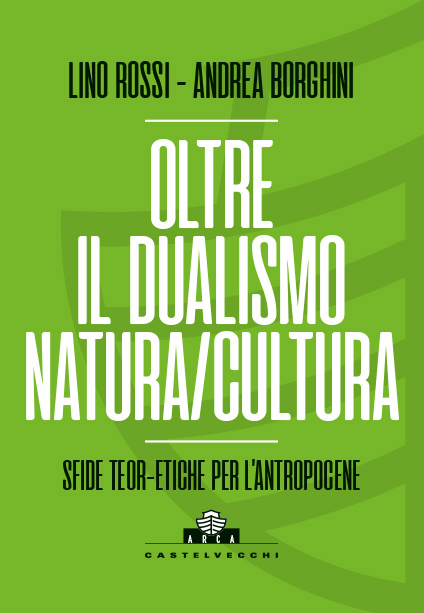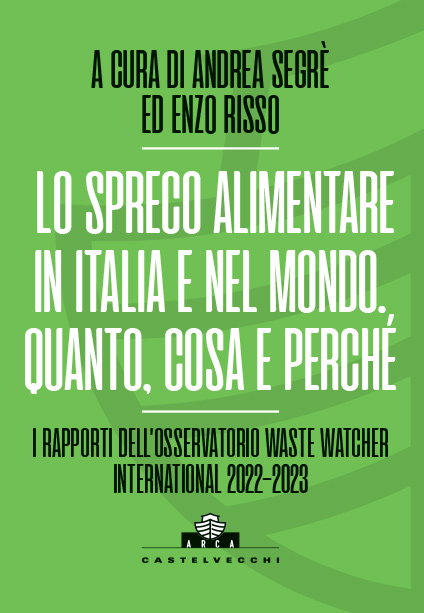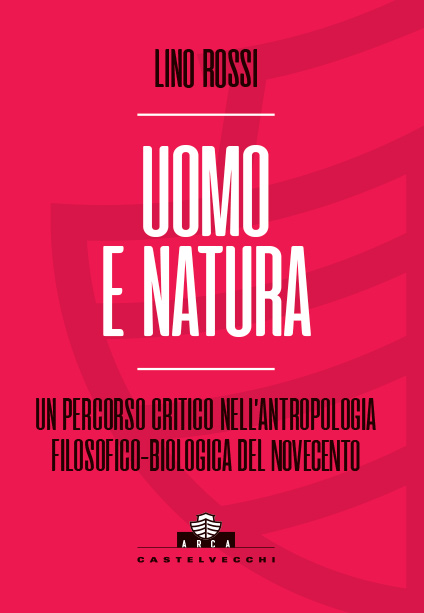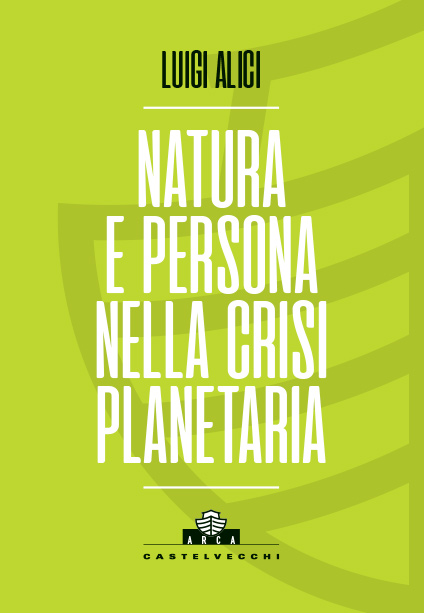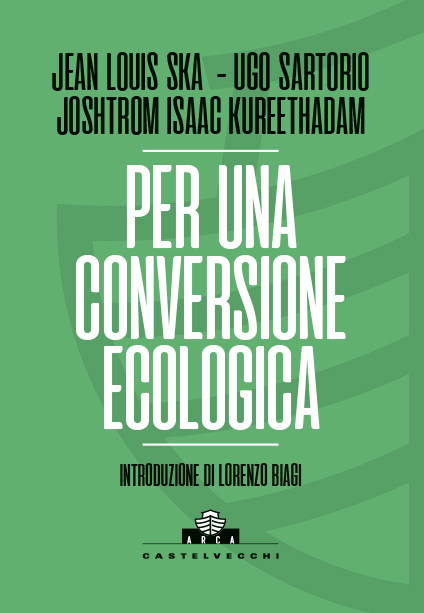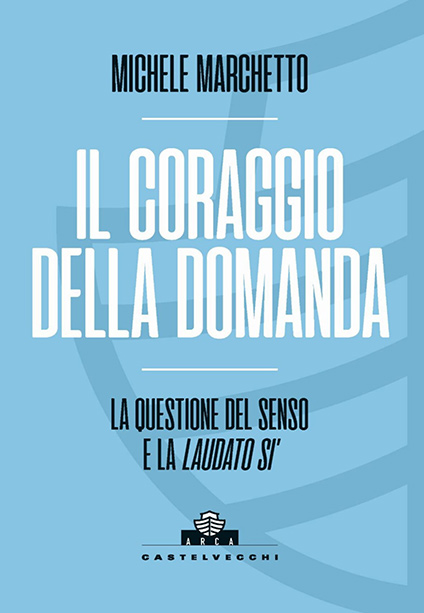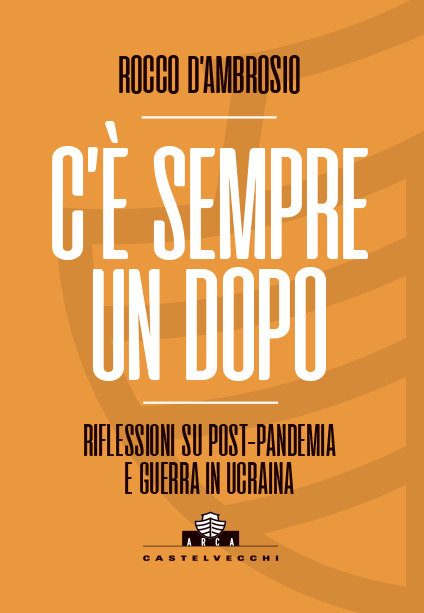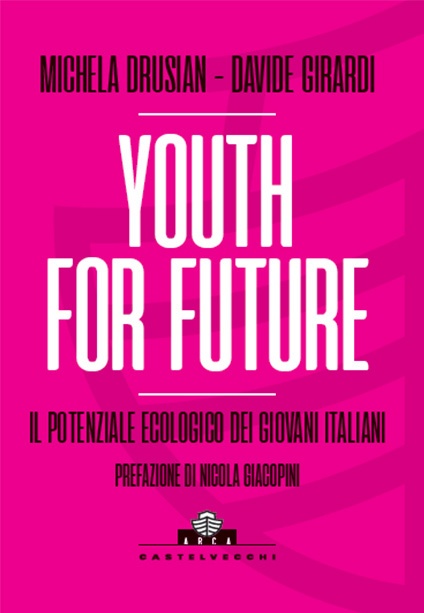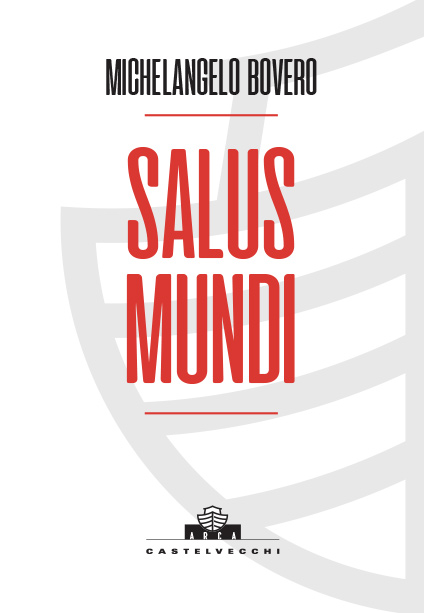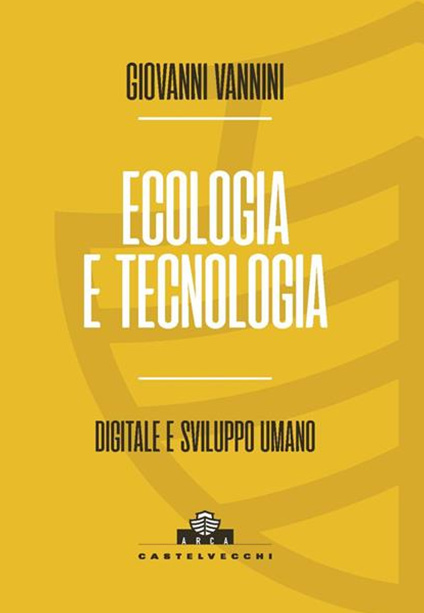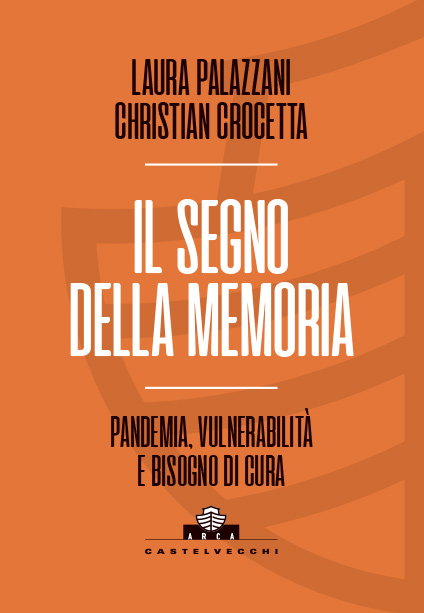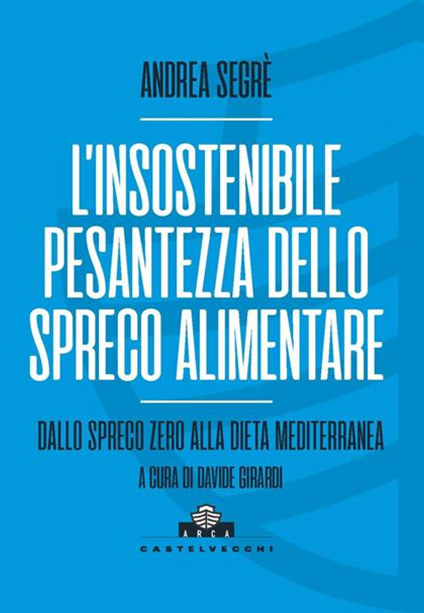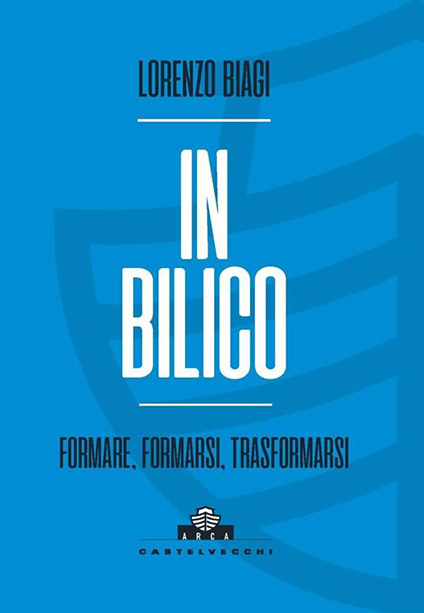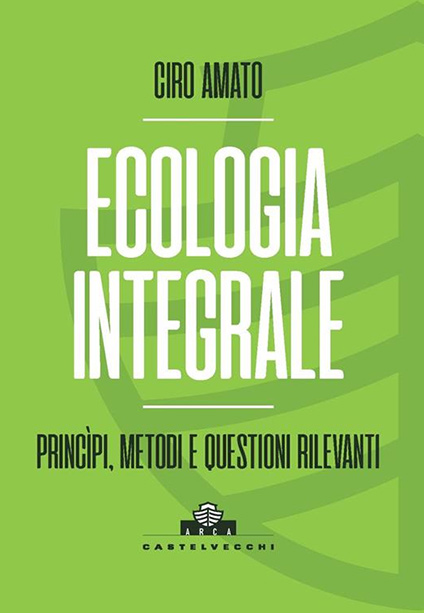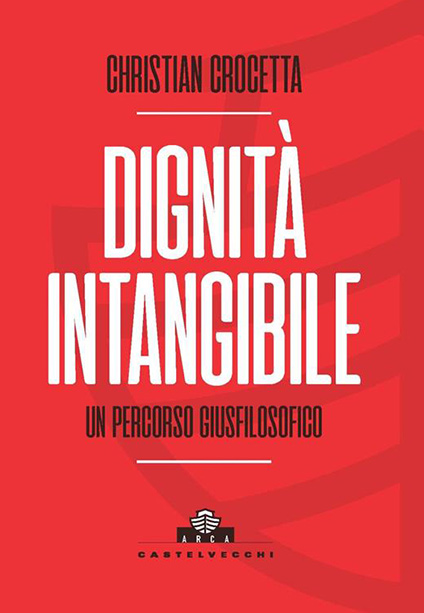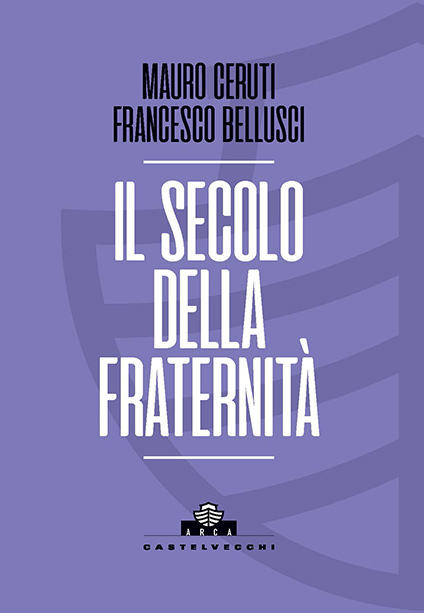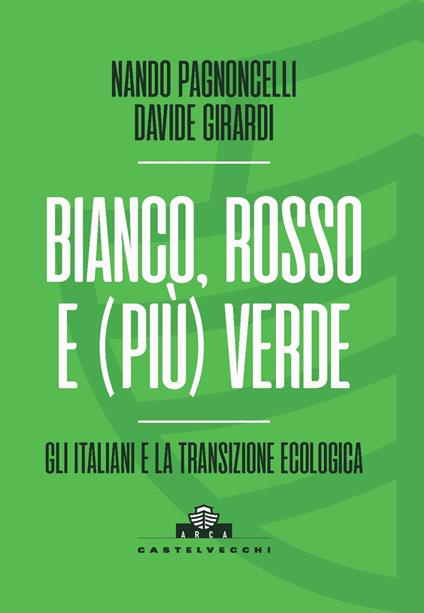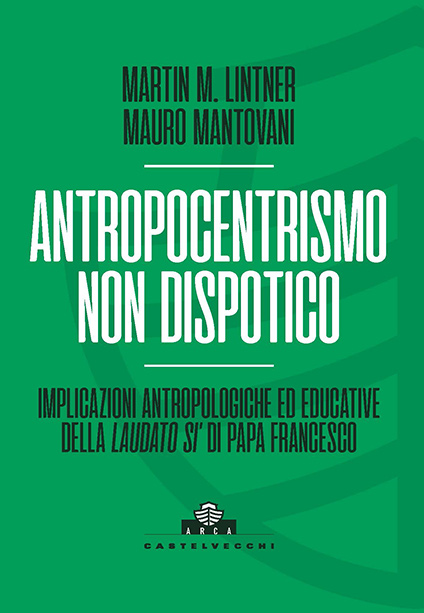Titolo: Bachelard e Winnicott: rêverie e spazio transizionale
Tipo di pubblicazione: articolo
Anno di pubblicazione: 2022
Autore: Renato Boccali
Rivista: IUSVEducation #20
Pagine: 134-147
Data di pubblicazione: ottobre 2022
Editore: IUSVE – Istituto Universitario Salesiano
ISSN: 2283-642X
Come citare: Boccali, R. (2022). Bachelard e Winnicott: rêverie e spazio transizionale. IUSVEducation, 20, 134-147. https://www.iusveducation.it/bachelard-e-winnicott-reverie-e-spazio-transizionale/
Parole chiave: Bachelard, Winnicott, rêverie, creatività
Paper PDF: IUSVEducation_20_Boccali_BACHELARD_WINNICOTT_TRANSIZIONALE.pdf
Abstract:
L’articolo mette a confronto la posizione di Winnicott e quella di Bachelard riguardo alla questione del rapporto tra creatività/sviluppo “sano” (Winnicott) e “benessere” (Bachelard) nell’uomo. Pur nella differenza terminologica e di apparato concettuale, i due autori fanno segno verso uno spazio “medio” tra realtà esterna e realtà interiore che può essere definito come spazio transizionale o potenziale (Winnicott) e come rêverie (Bachelard). Questo è il luogo dell’incontro con il reale e della sua “manipolazione” creativa la cui origine, per i due autori, è da individuare filogeneticamente nella dimensione dell’infanzia. Si definirà, da un lato, il rapporto tra area transizionale e creatività, dall’altro, quello tra rêverie e produzione di immagini. In questo modo emergerà una struttura trascendentale legata all’attività immaginativo-creatrice propria di ogni essere umano. L’incrocio delle due posizioni sarà utile per delineare un’unica struttura con evidenti ricadute per la riflessione psicoanalitica e per quella filosofica.
Bachelard and Winnicott: rêverie and transitional space
Keywords: Bachelard, Winnicott, reverie, creativity
Abstract:
The paper compares Winnicott’s and Bachelard’s standpoint concerning the question of the relationship between creativity/ “healthy” development (Winnicott) and “wellbeing” (Bachelard) of human beings. Despite the difference in terminology and conceptual apparatus, the two authors converge toward the definition of a “middle” space between external and inner reality that can be defined as transitional or potential space (Winnicott) and as rêverie (Bachelard). For the two authors, this is the place where the real is approachedand creatively “manipulated”, the origin of which is to be phylogenetically identified in the dimension of childhood. The relationship between transitional area and creativity, on the one hand, and reverie and image production, on the other, will be defined. In this way, a transcendental structure related to the imaginative-creative activity proper to every human being will emerge. The intersection of the two positions will be useful to outline a single structure with clear implications for psychoanalytic and philosophical reflection.











